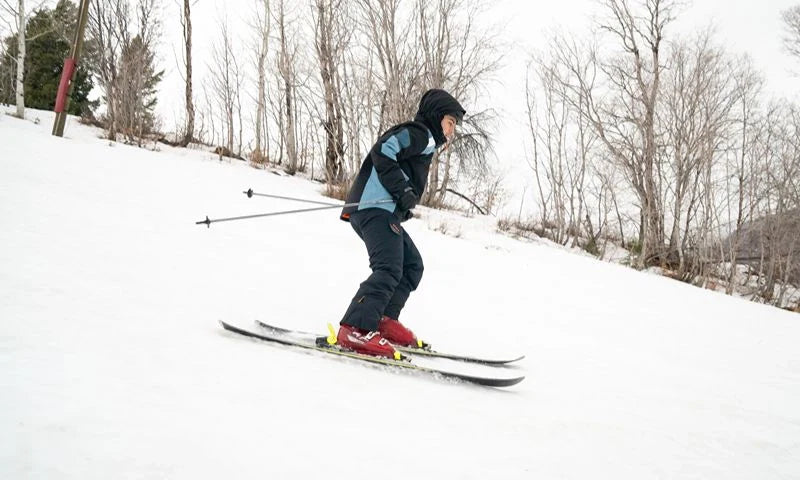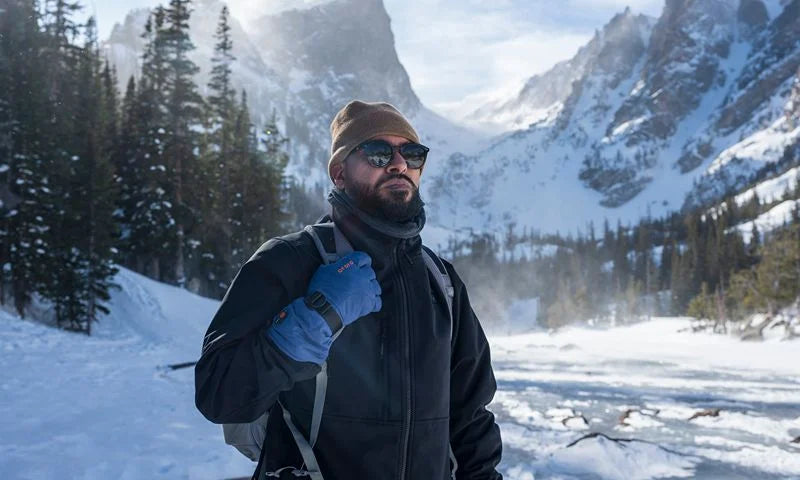3 Tips for Visiting Rocky Mountain National Park

Rocky Mountain National Park is best known for its incredible scenic hiking trails, breathtaking alpine scenery, and abundance of wildlife. With so many things to see and do, there’s a little bit of something, for everyone, in the Rockies.
Here are our top three tips for getting the most out of your next trip to the Rocky Mountains:

#1 Get Acclimated
Rocky Mountain National Park starts at the already-lofty elevation of 7,840 feet and extends all the way up to 14,259 feet at the summit of Longs Peak. Unfortunately, if you’re not properly acclimated, the high altitude can put a serious damper on your adventure plans.
Lower oxygen levels can result in labored breathing, increased heart rate, headaches, fatigue, and even nausea. Because your body is working on overdrive to take in oxygen, it’s more prone to Altitude Sickness and other altitude-related symptoms.
Fortunately, getting acclimated is pretty simple and straightforward. So, before you go full-on-adventure mode, you may want to consider the following tips:
- Stay hydrated
- Layer up
Not only should you keep an eye on the weather, but you should assume that temperatures will change throughout the day – they often do in the Rockies. Layer your clothing or pack appropriately to make sure you can maintain your core body temperature, regardless of where you are in the park. Packing lightweight, well-insulated sweatshirts, like the Ororo Heated Hoodie, or a fleece-lined, water-resistant jacket, like the Ororo Heated Jacket, will offer you versatility and comfort in Rocky Mountain’s varying climates.
- Take it easy
It’s understandable that you’re eager to hit the trails, but you may want to consider grabbing a good book, throwing on a comfy jacket, and spending the afternoon hanging around in a hammock. Low-impact activities, particularly on your first day, are one of the best things you can do to get acclimated.
- Eat high-calorie foods

#2 Take a Hike
What better way to experience the beauty of the Rockies, than by taking a walk into the woods? With over 300 miles of hiking trails to choose from, there’s a trail for every type of hiker in Rocky Mountain National Park. Hikes range from highly accessible wilderness walks to arduous treks up 14,000-foot peaks, so you’ll want to do some pre-planning before you arrive.
To help you narrow down your must-hike list, we’ve included the top three hikes in the park below:
- Bear Lake Loop: A short .6-mile stroll that offers views of Hallet, Longs Peak, and early morning reflections in a subalpine lake. This trailhead also provides access to three other notable trails: Nymph Lake, Dream Lake, and Emerald Lake.
- Mt. Ida: A crowned-jewel of the park, this 9.6-mile out and back trail offers sweeping views of the alpine tundra, as well as Mummy Range, Mt. Julian, Longs Peak, and other notable Rocky Mountain landmarks.
- Fern Lake: A 7.8-mile trek that ends in incredible views of Notchtop and Little Matterhorn. Hike this trail to experience cascading waterfalls, subalpine lakes, and a chance to view some wildlife!
As a general rule of thumb, hikers should be aware of lightning and storm risks when hiking at higher elevations. Try to avoid notorious afternoon thunderstorms by hiking in the morning and packing proper gear.

#3 Take a Drive
One of the most unique experiences found in Rocky Mountain National Park Is the 48-mile Trail Ridge Road, which stretches between Estes Park and Grand Lake. Known by locals as the ‘highway to the sky,’ Trail Ridge Road is the highest continuous paved road in the United States and crosses the Continental Divide at an astonishing 12,183 feet.
In addition to offering awe-inspiring views of the Rockies and a variety of wildlife sightings, Trail Ridge Road also provides a rare opportunity to drive beyond the thick subalpine forest into the alpine tundra. In fact, eleven miles of the highway extends above the tree line!
Approximately halfway through your adventure, you can drop by the Alpine Visitor Center, the highest visitor’s center in the National Park System, and grab a bite to eat or a cup of coffee.
Weather conditions along Trail Ridge Road, particularly in the alpine tundra, are known to be unpredictable and resemble weather you’d find in the Canadian Arctic. It’s not unusual for visitors to experience extremely high winds and temperatures that are 20 to 30 degrees cooler than neighboring Estes Park. Don’t forget to pack your Ororo Heated Jacket, so you get warmer, faster, and are protected from the wind on your alpine journey!




